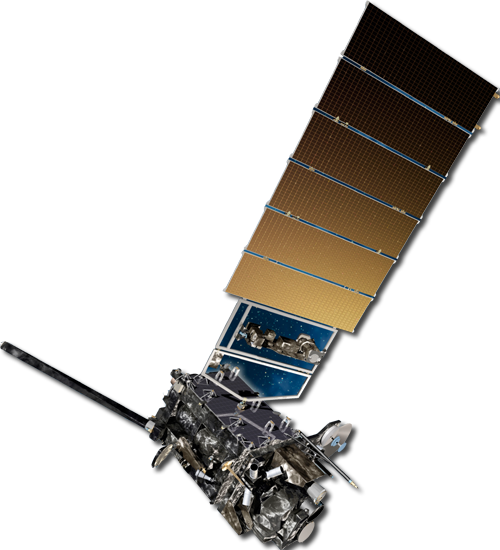Wild Weather

Hurricanes - II
How Do Hurricanes Form?
The key ingredient for hurricane formation is 1) warm ocean waters, about 80°F ( 27°C) or warmer. 2) Hurricanes also need the atmosphere to cool quickly with height, as rapidly rising air enhances convection and thunderstorm development. 3) Additionally, there needs to be very little change in wind speed or direction as the air races upward through the atmosphere. 4) Finally, these perfect environmental conditions require some sort of pre-existing low-level disturbance (which is an area of low pressure and cloudiness) that convection can converge around.
Hurricane Life Cycle
All hurricanes follow similar cycle of development. They begin as an area of low pressure
called a tropical disturbance, where surface winds are converging
toward each other. As the warm, moist air over the ocean rises, the water vapor cools
and condenses into clouds. Condensation releases heat, and this heat warms the atmosphere
making the air even lighter so it can continue to rise into the atmosphere. New air
moves in near the surface creating the strong wind associated with hurricanes. The
replacement air is always mild and moist due to the nearness to the warm ocean waters,
helping the convection to continue. The whole system of clouds and wind spins and grows,
fed by the ocean's heat and water evaporating from the surface.
Air spirals in toward the center of a hurricane in a counterclockwise pattern near
the ocean (clockwise in the southern hemisphere), and out the top in the opposite direction.
In the very center of the storm, air sinks, forming an "eye" that is mostly cloud-free.
Once the eye of the storm moves over land they tend to weaken rapidly, not because
of friction, but because the storm lacks the moisture and heat that the ocean provided
to produce convection (and thunderstorms) near the storm center. Without this convection,
the hurricane rapidly diminishes.
| 6 / 15 |






